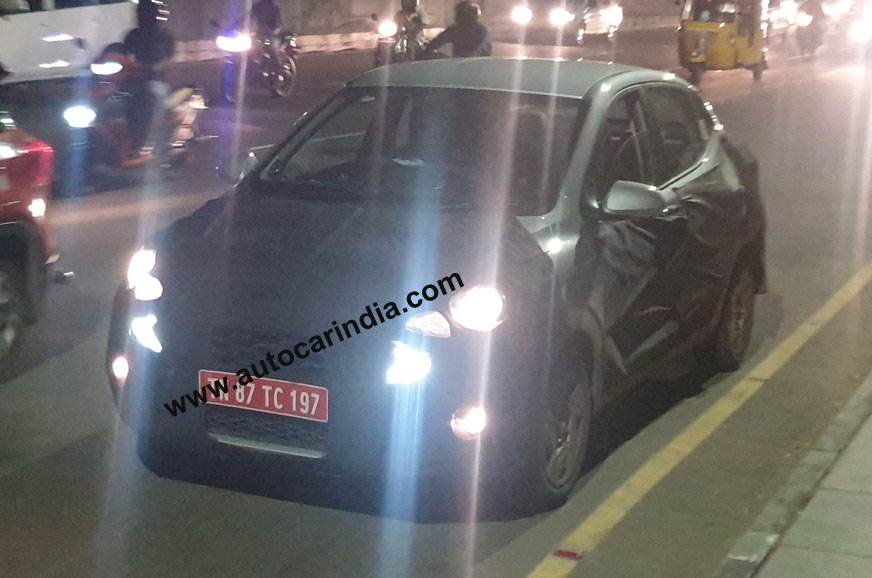Popular News
YOU MIGHT BE INTERESTED IN
Hyundai Grand i10 Nios-based Sedan (Next-gen Xcent) Spotted Testing in India.
by Mohit Bhardwaj |
19/08/2019
The Hyundai Grand i10 Nios-based sedan, which will be an Xcent replacement, was recently spotted on test in India for the very first time. Wrapped heavily under the camouflage, the car shows its typical 3 box silhouette which is expected to make it the most proportionate compact sedan in the market space.








 Follow us on google news
Follow us on google news
